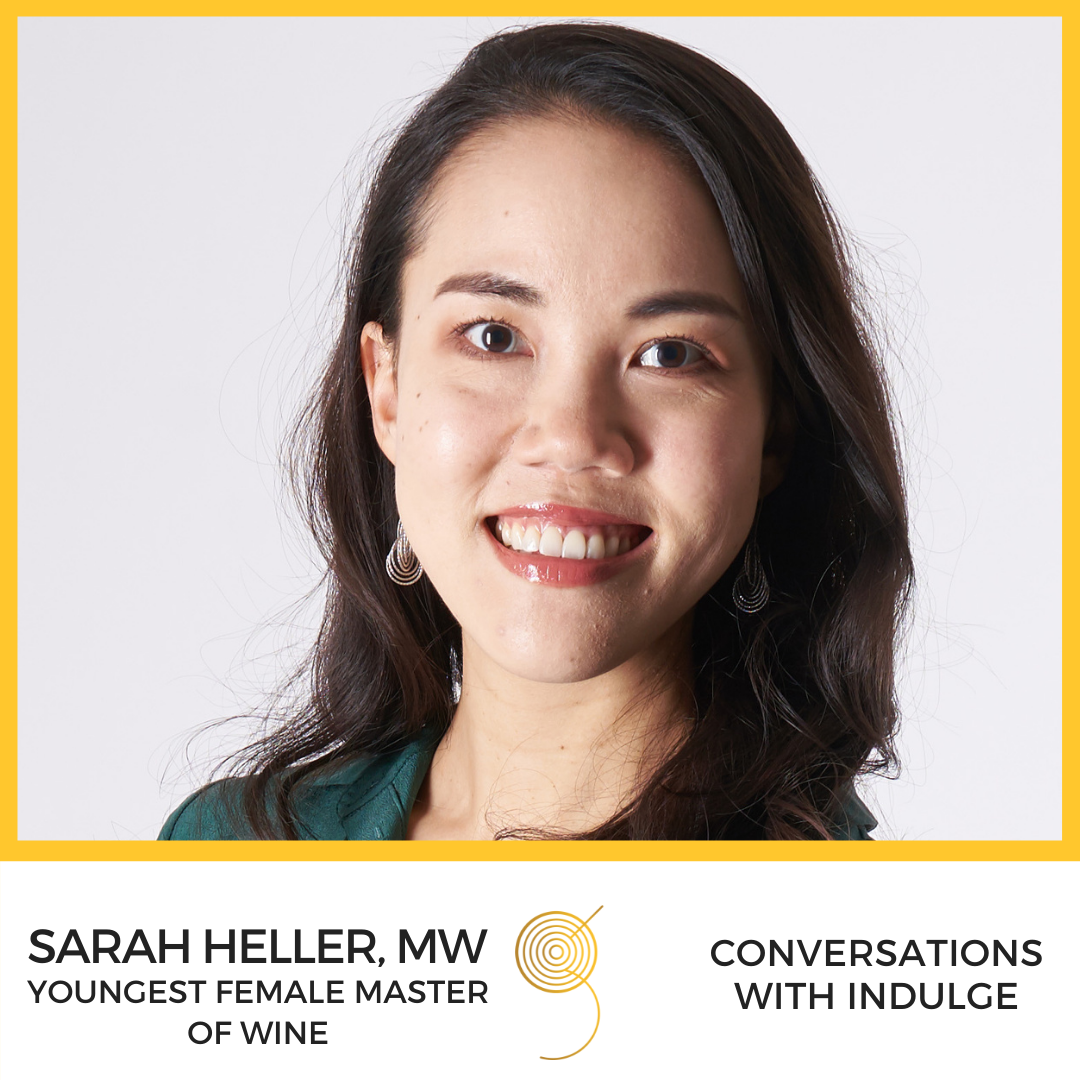Sarah HELLER, MW is among the few and the youngest female to have passed the prestigious MW exam, and the youngest overall in this part of the world. Based out of Hong Kong, Sarah has been working with wines in her capacity as a partner-cum-buyer for Almasy Collection, faculty for Vinitaly International Academy, designer with Lucaris and wine editor for Asia Tatler…and we’re still not halfway through her list of accomplishments! Sarah MW frank and relatable approach to wines make her a great conversationalist and it was fun having this exchange with her. If you are considering further wine studies then these tips will help you tremendously on your path ahead. Read on intently…
What first attracted you to wines?
I loved the culture of it — the idea that so many traditions, history and personal memories could all be wrapped up in a single beverage; that was an extremely seductive notion.
In fifteen words or so, describe your journey from amateur vino to MW?
I fell into a wine tank, moved back to Hong Kong and the rest is history.
What are the 2-3 most important things to consider while evaluating a wine (blind tasting)?
Concentration — how much flavour and/or aroma you can detect in the glass; Structure — the balance of acid, tannins and alcohol; Length — how long you can taste the wine after you’ve swallowed or spat it out.
What drink do you generally like to unwind with at the end of a working day?
I love a glass of champagne or other traditional method sparkling wine like Franciacorta or English sparkling; it makes every evening feel like an occasion.
What are your thoughts on Asian cuisines (in plural) and wines, are they compatible and how should we approach it, generally speaking?
One thing that most Asian cuisines have in common is that they tend to involve lots of dishes shared among a group of people. This makes pairing more complicated than a straightforward western meal built around a single protein. But it doesn’t mean Asian cuisines are incompatible with wine.
You just need to take a more open-minded approach and be willing to experiment. Because most of the time when I’m enjoying Asian cuisine it’s with a larger group of people, I try to make sure we have at least three wines between us of different styles – one that’s light and refreshing, another that’s fuller and more flavourful and one that’s in between. I’ll serve all of them at once and try and find good matches sip by sip. Some matches will be awful but you just rinse your mouth and try one of the other two wines.
Is there a wine no-no that we should all steer clear of?
Storing wine — especially high-quality wine — in an indifferent way. Wine needs protection from light, heat and vibration; the worst possible places you can store it are next to the washing machine, near the oven or outside the refrigerator. And yet how many people do you know who store wine in their kitchen?
And tell us of one wine no-no that you allow yourself to give in to?
Mixing it with other beverages. Everybody used to go around making fun of Chinese consumers for mixing wine with Coca Cola, but the same people were more than happy to drink Sangria — at the moment my somewhat scandalous drink of choice is Madeira and tonic.
Any advice for young aspiring beverage enthusiasts in India especially for girls who aspire to be sommeliers or wine writers?
Find other young people, especially other women, who are starting out in the industry and commit to supporting each other however you can. Facing a somewhat homogenous industry can give you the sense that there is only room for a few people who look like you at the table and too many times I Sarah Heller, MW see young women tearing each other down (I’ve been guilty of it myself) and that’s a surefire route to remaining in the minority.

